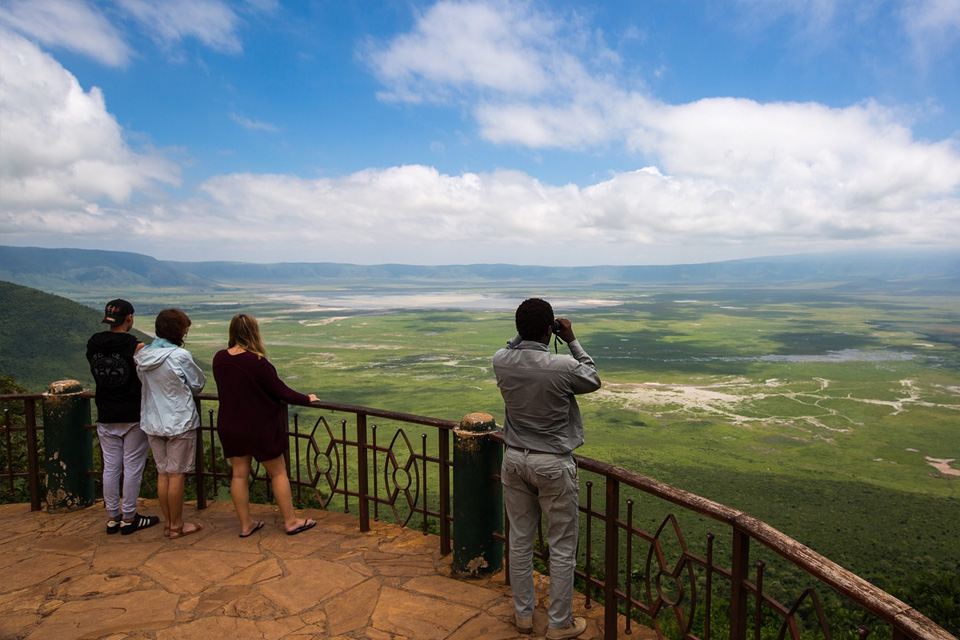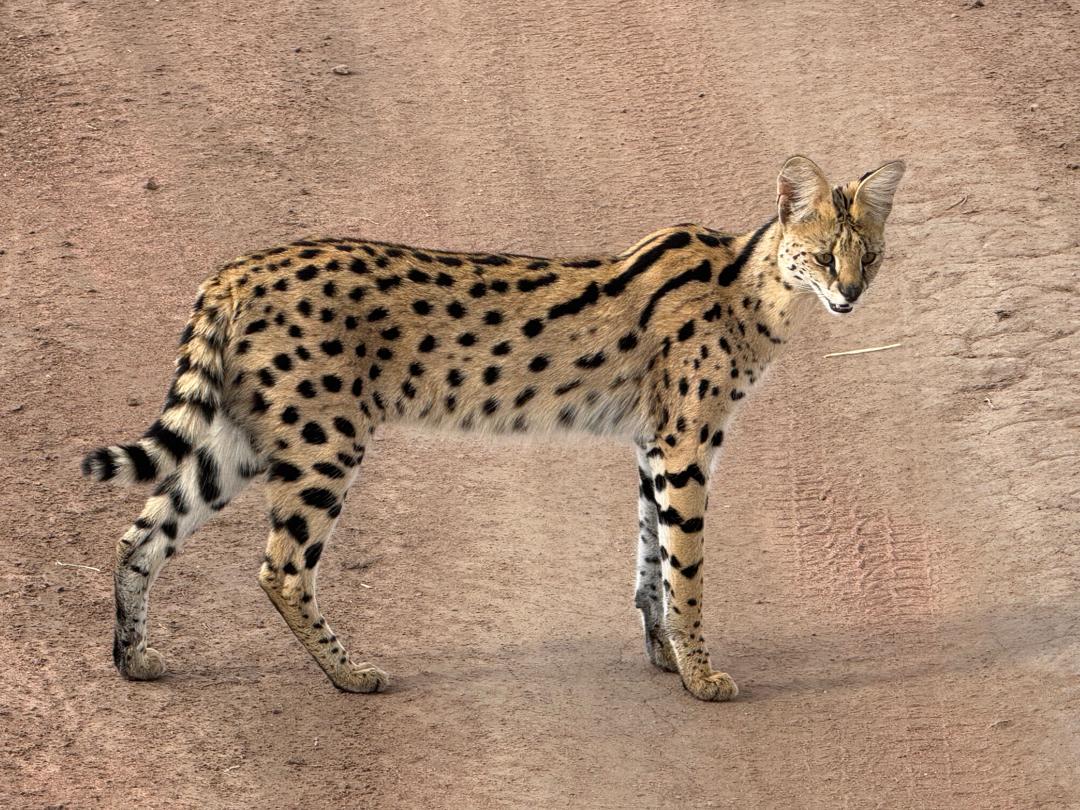Welcome to Tanzania, a land known for its diverse wildlife and breathtaking landscapes. Our tour will take you to some of the most iconic destinations in the country, starting with the Ngorongoro Conservation Area. This UNESCO World Heritage Site is home to the stunning Ngorongoro Crater, often referred to as the "eighth wonder of the world". From there, we will venture into the vast plains of the Serengeti National Park, where you can witness the great migration of millions of wildebeest and zebras. Our journey will then take us to the foot of Mount Kilimanjaro, where we will explore the surrounding areas before heading to the Kilimanjaro airport for our next stop. Last but not least, we will end our tour in the charming city of Mwanza, located on the shores of Lake Victoria, the largest freshwater lake in Africa. Get ready for an unforgettable adventure in these amazing destinations!
| Category | Currency | 1 pax | 2 pax | 3 Pax | 4 pax | 5 pax | 6 pax | S. Supp. | Remarks |
|---|---|---|---|---|---|---|---|---|---|
| JAN, FEB, MAR | USD | 6,245 | 4,485 | 4,215 | 3,850 | 3,810 | 3,630 | 2,100 | |
| JUN-DEC | USD | 6,245 | 4,485 | 4,215 | 3,850 | 3,810 | 3,630 | 2,100 |
| Accommodation as per itinerary |
| All tours and meals as per the itinerary |
| Park Fees & Concession Fees |
| Private 4x4 non-AC safari vehicle |
| Experienced English-Speaking Driver/Guide |
| Pick up & Drop off at Town / Airport. |
| AMREF Flying Doctor Evacuation Insurance for National Parks |
| Additional Transfer charges in case of multiple arrival / departure timings |
| Festive Season Supplementary Charges |
| Tips and gratuities to Driver/Guide ($ 35 per day per vehicle), |
| Tips and gratuities porters and wait staff (USD 1 – 5 per Service) |
| Any optional tours or excursions not mentioned. |
| Personal expenses such travel and medical insurance, excess baggage fee, communication charges that include, emails, faxes and phone calls beverages including water, soft drinks luxury champagne, spirits or meals not included in the itinerary |
| Travel Insurance - We strongly recommend guests to have travel insurance when traveling. |
| International airfares and domestic airfares. |
| Any charges related to payment including bank charges |







6 Days, 5 Nights Travel Trip
Welcome to Dubai, a city of grandeur, luxury and innovation. Known for its ...
6 Days, 5 Nights Travel Trip
Welcome to Dubai, a city of luxury, innovation, and endless possibilities. ...
6 Days, 5 Nights Travel Trip
Welcome to the bustling city of Dubai, an extraordinary fusion of modern lu...
3 Days, 2 Nights Travel Trip
EAST AFRICAN RESIDENT SPECIAL OFFER - Celebrate love in the heart of the wi...